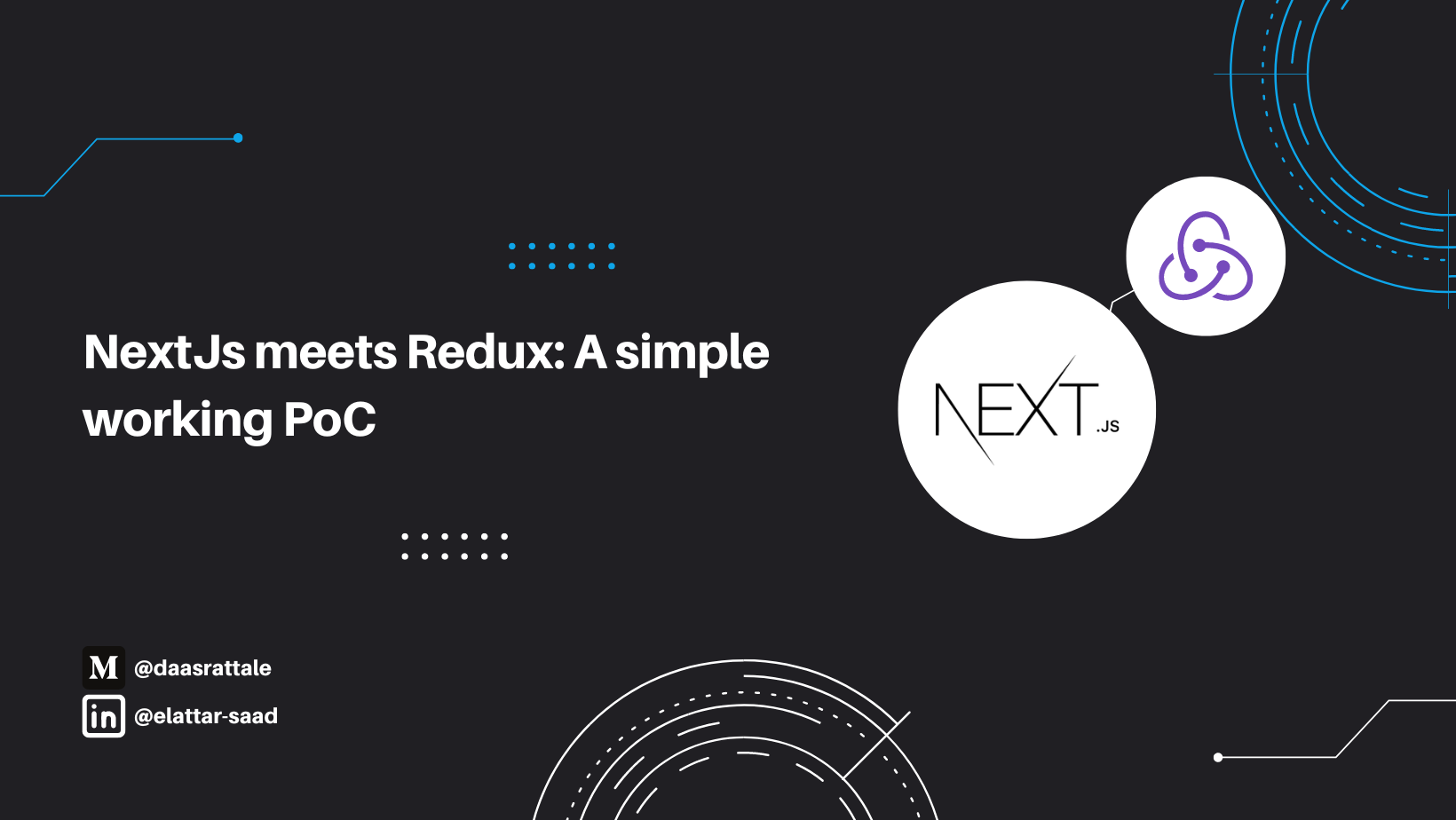React 19: The long-expected features

Elattar Saad
Wed, 17th April 2024
React 19 introduces a number of new features that will undoubtedly make the life of react developers simpler. While the release is not yet stable, you can test out the new features using the canary version.
React Forget
The react compiler (called "React Forget") in version 19 is nothing short of game-changing. Whiles some solutions included their own compilers to maximize developer efficiency, React initially solely operated in the browser.
Once a compiler is in place, React developers can concentrate on creating business features rather than worrying about things like momoization. Yes, you heard that righ the momoization hooks (useMemo and useCallback) and memo API will no longer be needed since the compiler will be handling that automatically and more efficiently without compromising the application performance nor the code base quality.
The React compiler is already been deployed in Instagram web app Production. You can see it in action in this ReactAdvanced Conf talk by Joe Savona and Mofei Zhang.
Actions
React 19 introduces the ability to run actions on either the server or the client using the directives "use client" or "use server". Previously, Server Actions were used to transport data from the client to the server. As a result, we now refer to them as "actions".
If you're acquainted with NextJs, the directives will come as no surprise.
To manage async actions, React provides a useFormStatus and useFormState hooks to handle the pending status and state to prevent multiple submissions of a form for instance.
Hooks
React 19 came with a set of new hooks that will either replace existing hooks or support the new of its features.
useFormStatus
useFormState
The actions can also return values, in that case we need use the useFormState hook.
Know more about the useFormStatus and useFormState hooks.
useOptimistic
The useOptimistic hook can be used to provide the user with a temporary ui based on what they already submitted, for instance showing the newly sent message while the data is processed on the server.
Know more about the useOptimistic hook.
useCallback and useMemo
As previously stated the momoization will be handled by the React Compiler, therefor the useMemo, useCallback hooks and memo API won't make it to the version 19 of React.
use
The use hook is here to clean more the react code base, it will replace two widly used hooks (thank God): useEffect and useContext.
One of the famous use cases for the useEffect hook is data fetching, for this example we fetch the user details and return a UserProfile:
The use hook will also be replacing the useContext hook:
ForwardRef
No more forwardRef! We can simply pass the ref down like any other prop without the use of forwardRef.
SEO
React will enable the usage of the <title>, <meta>, and <link> tags anywhere in the App, improving SEO performance. Previously, libraries like as react-helmet were used for this.
Summary
In my perspective, React v19 will deliver a lot of relevant and required enhancements, allowing developers to focus more on important features that matter!
Resources
https://react.dev/blog/2024/02/15/react-labs-what-we-have-been-working-on-february-2024#react-compiler https://react.dev/blog/2023/03/22/react-labs-what-we-have-been-working-on-march-2023#react-optimizing-compiler https://www.youtube.com/watch?v=qOQClO3g8-Y https://react.dev/reference/react/
Read next
Blossoming Intelligence: How to Run Spring AI Locally with Ollama
In this short article, we'll look at how easy it is to create a chat bot backend powered by Spring and Olama using the llama 3 model.
Sat, 11th May 2024
Read MoreGetting started with native java apps with GraalVM
Native Image is a technology to ahead-of-time compile Java code to a standalone executable, called a native image. This executable includes the application classes, classes from its dependencies, runtime library classes, and statically linked native code from JDK.
Wed, 10th April 2024
Read MoreLeveraging Spring Reactive, Functional Endpoints, Docker, and MongoDB
Blocking is a feature of classic servlet-based web frameworks like Spring MVC. Introduced in Spring 5, Spring WebFlux is a reactive framework that operates on servers like Netty and is completely non-blocking. Two programming paradigms are supported by Spring WebFlux. Annotations (Aspect Oriented Programming) and WebFlux.fn (Functional Programming).
Thu, 29th February 2024
Read MoreNextJs meets Redux: A simple user PoC
Redux is a powerful state management library primarily used in JavaScript applications, particularly those built with frameworks like React. At its core, Redux provides a predictable state container for managing the state of an application in a more organised and centralised manner. It operates on a unidirectional data flow model, which helps in maintaining the consistency of application state and facilitates easier debugging and testing.
Thu, 15th February 2024
Read MoreMonitor Spring reactive microservices with Prometheus and Grafana: a how-to guide
Micro-services monitoring is a crucial aspect of managing modern, complex software architectures. Unlike traditional monolithic applications, micro-services break down functionality into smaller, independent services that can be developed, deployed, and scaled independently.
Fri, 27th October 2023
Read MoreHands on Reactive Spring with Redis Cache and Docker support
The concept of reactive programming enables more responsive and scalable programmes by handling asynchronous data streams.
Mon, 28th August 2023
Read More





